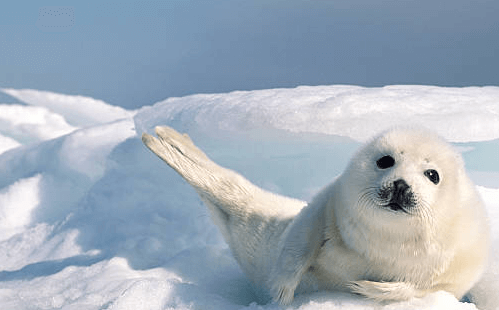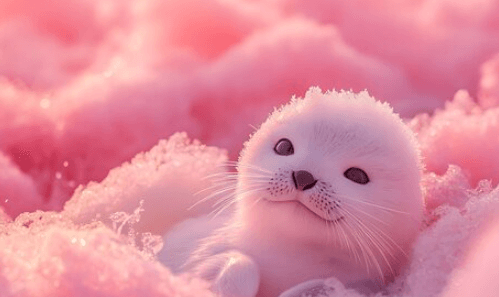Cute:2yldmejdic4= Harp Seal

The harp seal, with its charming spotted fur and engaging behavior, presents a compelling subject for examination within the realm of marine biology. Found predominantly in the icy waters of the Arctic and sub-Arctic, these seals have evolved remarkable adaptations to thrive in their frigid environment. Their social interactions and mating rituals reveal a complexity that is often overlooked. However, Cute:2yldmejdic4= Harp Sealthe ongoing threats posed by climate change and habitat degradation raise critical questions about their future. Exploring these dimensions not only enhances our understanding of harp seals but also underscores the urgent need for conservation efforts.
Unique Physical Characteristics
Harp seals (Pagophilus groenlandicus), easily recognizable by their distinctive coloration, exhibit several unique physical characteristics that facilitate their adaptation to marine environments.
Their thick blubber insulation provides crucial thermal protection against frigid waters, while their spotted coat offers effective camouflage among ice and water.
Read also Map:7en_Dnfzgju= Nashville
These adaptations enhance their survival, enabling them to thrive in challenging habitats with fluctuating temperatures and predation pressures.
Habitat and Distribution
The habitat and distribution of harp seals are closely tied to their physiological adaptations, allowing them to thrive in the harsh conditions of the Arctic and sub-Arctic regions.
These pinnipeds primarily occupy areas with sea iceCute:2yldmejdic4= Harp Seal, which serves as crucial breeding grounds.
Additionally, their distribution is influenced by the availability of food sources, including fish and crustaceans, essential for their survival and reproductive success.
Behavior and Social Structure
Social interactions among harp seals are characterized by a complex hierarchy and various behavioral patterns that enhance their survival in challenging environments.
These interactions include vocalizations and physical displays,Cute:2yldmejdic4= Harp Seal particularly during mating rituals, which facilitate pair bonding and competition among males.
Understanding these social structures is essential for appreciating their ecological roles and the dynamics of their populations in the wild.

Conservation Efforts and Challenges
Effective social structures among harp seals play a significant role in their survival, especially as they face increasing threats from environmental changes and human activities.
Read also Map:7agw7qrn1ew= Philippines
Conservation strategies focusing on habitat protection are essential to mitigate these challenges.
However, implementing these strategies encounters obstaclesCute:2yldmejdic4= Harp Seal, such as conflicting human interests and climate variability.
Addressing these challenges is crucial for ensuring the long-term viability of harp seal populations.
Conclusion
The harp seal, with its distinctive spotted coat, serves as a vital indicator of the health of Arctic ecosystems. Approximately 80% of harp seal populations depend on sea ice for breeding and resting, underscoring the critical connection between these marine mammals and their habitat. As climate change continues to threaten ice cover, urgent conservation efforts are necessary to protect both the harp seal and the intricate web of life within its environment.






